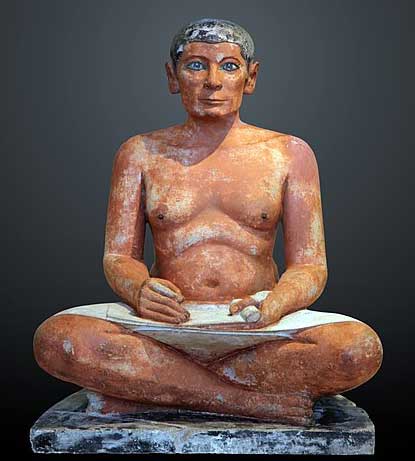This is the Graduale Arosiense (or Graduale Svecicum), printed (by Stephanus Arndes?) in Lübeck in 1493.
This is the earliest surviving music printing for Sweden. This leaf is enclosed in a passe-partout, with a bookplate revealing a curious and rather sinister provenance...1/7

This is the earliest surviving music printing for Sweden. This leaf is enclosed in a passe-partout, with a bookplate revealing a curious and rather sinister provenance...1/7


The bookplate has no text at all, but underneath is written in pen "Rockelstad".
Rockelstad Castle, situated on Lake Båven in Sörmland, Sweden, was the home of the bibliophile Count Eric von Rosen and suddenly the reason for the lack of text on the bookplate becomes clear.. 2/7
Rockelstad Castle, situated on Lake Båven in Sörmland, Sweden, was the home of the bibliophile Count Eric von Rosen and suddenly the reason for the lack of text on the bookplate becomes clear.. 2/7

A previous owner or more likely, a previous bookseller, has removed the original bookplate, cut away all the outer text, and then re-affixed the central part only to the pass-partout. Why? Because this is Eric von Rosen's actual, complete bookplate... 3/7 



Research Von Rosen's bookplate though & you'll find that he used a swastika as a personal owner's mark - having originally seen the symbol on runestones in Gotland while still at school - from as early as 1901! This swastika traditionally signified good luck for the Vikings. 4/7
So the cut-down bookplate is an understandable but harmless misunderstanding on the part of a panicky bookseller, the swastika used here as a good luck symbol decades before it was adopted by the Nazis, and Von Rosen is in the clear.
Well, not quite.... 5/7
Well, not quite.... 5/7
In an astonishing case of life imitating art, Eric von Rosen DID in fact become a fervent admirer of Hitler and the Nazis, and ultimately became brother-in-law to Hermann Göring when his wife's sister, Carin von Kantzow, married Göring, who'd been a guest at Rockelstad! 6/7 



To read more on Eric von Rosen, see here:
en.wikipedia.org/wiki/Eric_von_…
If you can cope with the Swedish, there's a wonderful article on Von Rosen as a bibliophile by that brilliant manuscript polymath, Tim Bolton, here:
biblis.se/digitalt-arkiv…
7/7
en.wikipedia.org/wiki/Eric_von_…
If you can cope with the Swedish, there's a wonderful article on Von Rosen as a bibliophile by that brilliant manuscript polymath, Tim Bolton, here:
biblis.se/digitalt-arkiv…
7/7
• • •
Missing some Tweet in this thread? You can try to
force a refresh


















